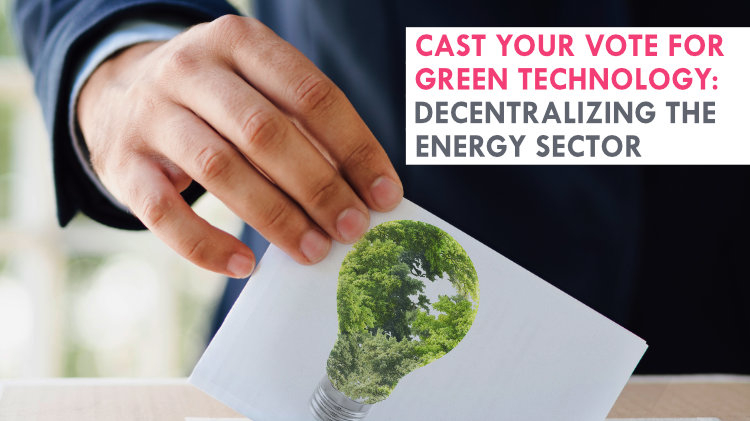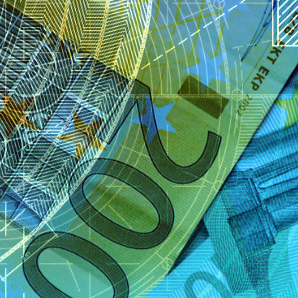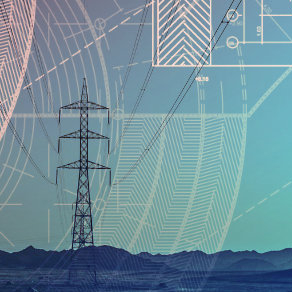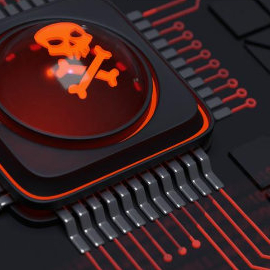
What is democracy? Simply put, it’s “rule by the people.” We commonly think of a political system when talking about people having the right to take part in making decisions that affect them, but ‘democracy’ can be used in connection with industries, organizations or any situation in which everyone has equal rights and opportunities, and can help make decisions if they choose to do so. Just consider some of the things that can be democratized: technology, communication, knowledge, science… We can add energy to this list.
As part of the transition to a clean energy future, we are seeing a shift to decentralized energy and a restructuring of the system. Power generation and distribution are no longer done completely from the top down - central grids aren’t laying down the law anymore. Instead, more and more consumers are now generating their power and controlling their consumption, and they’re reshaping the entire energy system by offering flexible services and by having a say in decision-making when it comes to their energy choices - things are happening at the grass-roots level.
The change has brought with it new technologies and related vocabulary.
How to speak decentralized energy
A lot of the terms that are now common in the energy sector refer to emerging technologies (e.g. microgrid), but there are several everyday words that have taken on a new meaning in the context of energy (e.g. aggregation, community). As is often the case when something is in a state of flux, however, there exists some confusion as to what these terms really mean. In this article, we will take a look at the most important ones to help you gain a proper understanding of how they contribute to the decentralization of the industry.
The term distributed energy resources (DERs) deserves to be defined first for two reasons. Not only does the name suggest that it’s an umbrella term for a variety of technologies, DERs are also considered the future of energy because they have the potential for flexibility and are typically based on renewable energy - they represent a shift to a clean energy economy. DERs are small to medium-sized generation and storage assets - such as battery storage, solar panels, wind turbines, combined heat and power plants, biogas, electric vehicles, etc. - that are connected to a centralized power grid but independent in their operations and ownership. They primarily produce and consume electricity, but can also store or sell the excess amounts they have generated.
DERs offer the following benefits:
- greater grid resilience
- more efficiency in energy usage
- reduced carbon emissions
- more choice for consumers
However, due to their relatively small size, they cannot individually cross the barrier to entry into markets that have strict requirements regarding flexibility, so markets tend to favor transmission system operators. This is where aggregation comes in.
Emerging on the heels of increased digitalization, aggregators are market players - service providers or utilities - that can optimize the use of DERs. If you’re a household with only a couple of solar panels, you cannot expect to access the market on your own, but you can team up with other small producers. Aggregators are groups of distributed assets that have joined forces, so to speak, and can make their own decisions regarding the purchase of energy, or trade in short-term power markets. They provide flexibility services for the grid, even though integrating them is a challenge. Still, there are some exciting developments in this regard.
Aggregated energy resources are also called virtual power plants (VPPs) which link DERs together, operate them and optimize their operation by using a single centralized IT system. VPPs process data concerning weather forecasts, electricity prices and trends in supply and demand. They not only support the transformation of the power system and the integration of renewable energy, but also provide more capacity for flexibility across the entire power sector by combining existing energy asset portfolios.
Another related concept is that of a microgrid, which is a type of DER. Consisting of one or several kinds of DER resources, microgrids are self-sufficient energy systems that can produce and store power for a facility, such as a university campus or a hospital. As a network of the contributing flexible assets, they provide electricity for nearby customers and are capable of operating independently from the grid, ensuring that electricity is available even when there is a power outage.
Much like not every DER is a microgrid, not every microgrid is a smart grid. The latter is a highly innovative digital technology with a two-directional interactive capability, which enables a two-way electricity and data flow, i.e., both response and adjustment to the ever-changing electric demand to optimize system flexibility. Unlike a microgrid that can isolate itself from the grid through decentralized resources, a smart grid should be seen as the grid itself, relying on centralized and decentralized power sources.
With the advances in technology, the age-old division of providers and consumers has been disappearing and is being replaced by a combination of the two: industry actors that produce, sell and consume energy; commonly referred to as prosumers. DERs are prosumers, and so is everyone else that actively participates in the clean energy transition by integrating flexible assets into the electricity system, whether it is an individual or a company.
In line with the old adage “United we are strong,” the EU introduced the concept of energy communities in 2019. They emphasize the importance of citizens and organize citizen-driven energy activities, with the aim of attracting private investment to provide flexibility to the electricity system and of increasing public acceptance of renewable energy projects. An important characteristic of these communities is that they can take just about any legal form: partnership, association, cooperative, non-profit organization or a small or medium-sized business. They operate their own DERs, and can access energy markets either as aggregators themselves, using their own VPP, or by contracting with a third-party.
Consumers now have the potential to make significant contributions to the energy transition. By making use of every possible renewable resource, large and small, we can build a flexible, decentralized and truly democratic system that helps us reach our clean-energy commitments.




